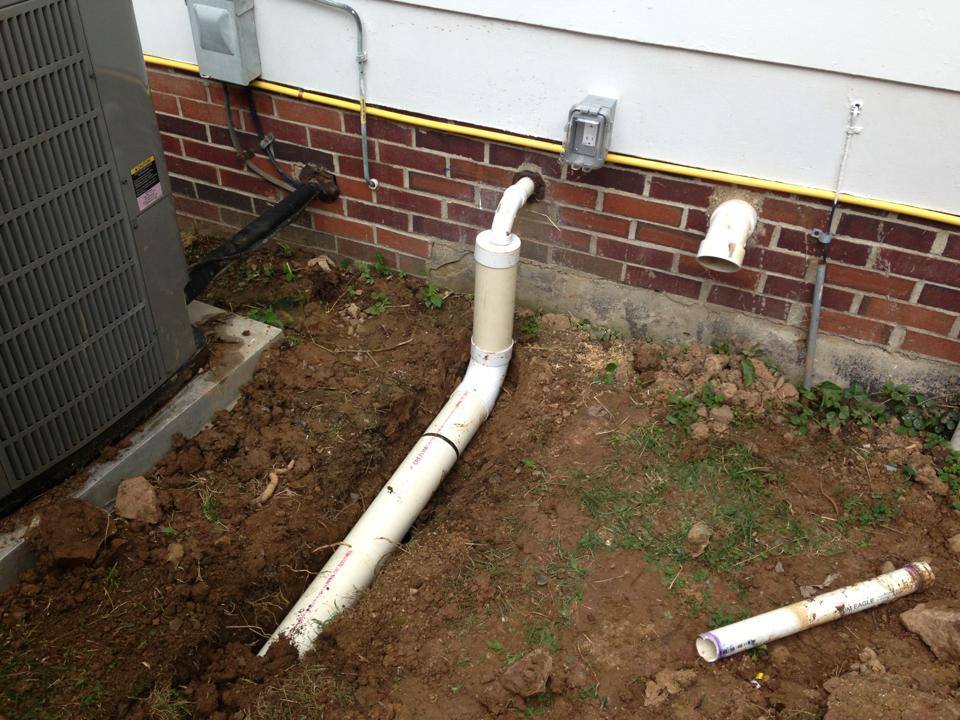Floor Drains Salinas, California

Floor Drains - Different Types and Function
A floor drain Salinas, CA is basically a plumbing fixture that is placed on a floor of a building, mainly intended to eliminate any stagnant water in it. Usually, they are round, although occasionally they can be rectangular or square. They will generally range in size from 2 inches to 12 inches; the majority are around 4 inches in diameter though. These drains are used to collect any water that might accumulate in a certain area on the floor. They are not to be confused with drainage systems that are beneath the ground.

Contact Us
We will get back to you as soon as possible.
Please try again later.
What are the Advantages of Floor Drains?
One of the main advantages of floor drains lies in the fact that they do not involve the installation of pipes. This means that you don't have to do a lot of messy work in order to install one. Also, you will find that they are very easy to install and don't take up too much space. Once you have bought a certain brand, they will usually last for many years without requiring regular replacement. However, you should still perform regular maintenance tasks in order to make sure that they function properly.
The other main advantage of floor drains lies in the fact that they can be used in place of any existing plumbing system. Therefore, you won't need to have any pipes installed. This makes them ideal for apartments and residential buildings. Also, the fact that there is no pipe running through them means that you won't have to deal with plumbing pipes at all. You can therefore save a considerable amount of money on your heating or cooling bills. In addition, it's better to have floor drains in place if you are concerned about standing water.
Floor drains are especially useful when dealing with sewer backups. In the event of a sewage backup, a sewer snake or an in-line sewer snake auger is used. These devices are powered by electricity and attach to the floor drain. They then break up and flush solids and liquids down the toilet or out of the drain. Because they can remove large quantities of liquid at once, the floor drains become an excellent choice during a
sewage backup.
What are the Advantages of Floor Drains?
There are a number of disadvantages associated with the installation of floor drains. First, they are unsightly and may not blend in with the interior decoration of your house. Therefore, if you want to keep the plumbing fixture looking good, you may have to invest in expensive fixtures that will disguise the device. Also, standing water can cause some serious problems, including mold build-up, so you should ensure that the floor drains are situated away from areas that are regularly wet.
Another disadvantage of floor drains comes when the drainage system is compromised. For example, if the main sewage pipe is blocked, the water will continue to flow into your basement. In order to stop the water from rising inside the basement, you will need to install a submersible sump pump. However, installing a sump pump in a basement can be a very difficult and dangerous task, as it could make the situation even worse. As a result, many homeowners opt to use portable floor drains instead.
A third common type of floor drain that homeowners install is the Perforated P Trap. A Perforated P Trap is simply a large rectangular trap that contains a perforation for the removal of solid materials.
Once the solid materials are removed from the trap, they are flushed down the toilet or flushed down the drainage system. Because the trap prevents sewer gases from entering the house, a lot of household odors can be eliminated. A Perforated P Trap can usually withstand high pressures due to its design.
One final type of floor drain is the backwater valve. The backwater valve is designed to stop the flow of excess sewage water from the main sewer line. Although this type of floor drain has been used for decades, some homeowners prefer not to have it installed because of the potential expense and installation complexity. If you are interested in having a backwater valve installed, your best bet would be to contact a licensed and certified plumbing contractor. There are several good contractors available in your area that are experienced with the installation of both backwater valves and p-traps.
Salinas Foundation Repair and Waterproofing Pros
831-800-1214
